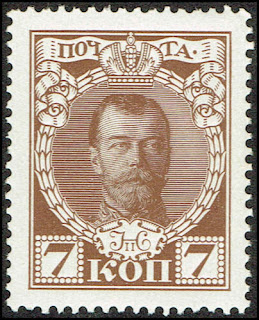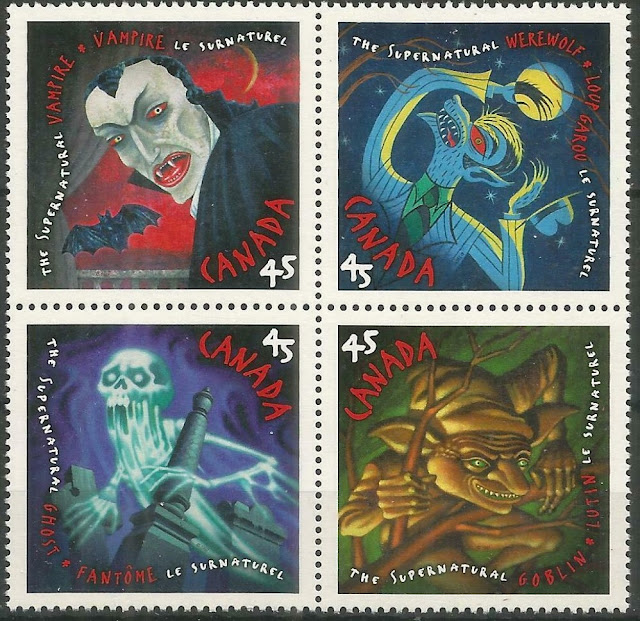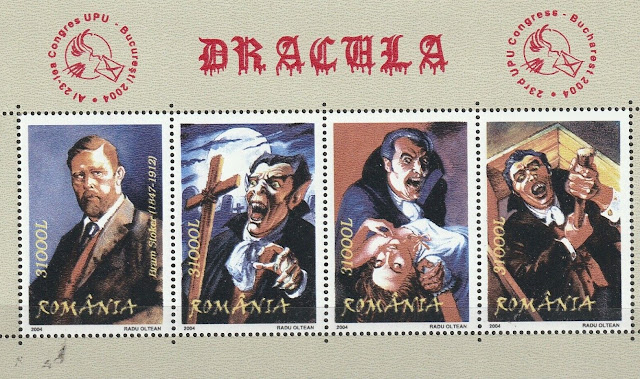Stoker visited the English coastal town of Whitby in 1890, and that visit was said to be part of the inspiration for Dracula. He began writing novels while working as manager for Henry Irving and secretary and director of London's Lyceum Theatre, beginning with The Snake's Pass in 1890 and Dracula in 1897. During this period, Stoker was part of the literary staff of The Daily Telegraph in London, and he wrote other fiction, including the horror novels The Lady of the Shroud (1909) and The Lair of the White Worm (1911). He published his Personal Reminiscences of Henry Irving in 1906, after Irving's death, which proved successful, and managed productions at the Prince of Wales Theatre.
Before writing Dracula, Stoker met Ármin Vámbéry, a Slovak-Jewish writer and traveler (born in Szent-György, Kingdom of Hungary now Svätý Jur, Slovakia),. Dracula likely emerged from Vámbéry's dark stories of the Carpathian mountains. Stoker then spent several years researching Central and East European folklore and mythological stories of vampires.
The 1972 book In Search of Dracula by Radu Florescu and Raymond McNally claimed that the Count in Stoker's novel was based on Vlad III Dracula. At most however, Stoker borrowed only the name and "scraps of miscellaneous information" about Romanian history, according to one expert, Elizabeth Miller; further, there are no comments about Vlad III in the author's working notes.
Dracula is an epistolary novel, written as a collection of realistic but completely fictional diary entries, telegrams, letters, ship's logs, and newspaper clippings, all of which added a level of detailed realism to the story, a skill which Stoker had developed as a newspaper writer. At the time of its publication, Dracula was considered a "straightforward horror novel" based on imaginary creations of supernatural life. "It gave form to a universal fantasy ... and became a part of popular culture."
Stamps from Canada, Ireland and Romania depicting Bram Stoker's Dracula
Wednesday, May 26, 2021
May 26th in stamps Nicholas II becomes the last Tsar of Imperial Russia, Dracula, John Wayne
Here are some events that happened on May 26th. It could be an event or a person that died or was born on that day
1896 – Nicholas II becomes the last Tsar of Imperial Russia.
Nicholas II or Nikolai II Alexandrovich Romanov (18 May 1868 – 17 July 1918), known in the Russian Orthodox Church as Saint Nicholas the Passion-Bearer, was the last Tsar of Russia, ruling from 1 November 1894 until his forced abdication on 15 March 1917. His reign saw the fall of the Russian Empire from one of the foremost great powers of the world to economic and military collapse. His memory was reviled by Soviet historians as a weak and incompetent leader whose decisions led to military defeats and the deaths of millions of his subjects. By contrast Anglo-Russian historian Nikolai Tolstoy, leader of the International Monarchist League, says, "There were many bad things about the Tsar's regime, but he inherited an autocracy and his acts are now being seen in perspective and in comparison to the terrible crimes committed by the Soviets."
As Emperor, Nicholas gave limited support to the economic and political reforms promoted by top aides Sergei Witte and Pyotr Stolypin, but they faced too much aristocratic opposition to be fully effective. He supported modernization based on foreign loans and close ties with France, but resisted giving the new parliament (the Duma) major roles. He was criticised for the Khodynka Tragedy, antisemitic pogroms, Bloody Sunday, the violent suppression of the 1905 Russian Revolution, the repression of political opponents, and his perceived responsibility for defeat in the Russo-Japanese War (1904–1905), which saw the annihilation of the Russian Baltic Fleet at the Battle of Tsushima, the loss of Russian influence over Manchuria and Korea, and the Japanese annexation of the north of South Sakhalin Island.
Nicholas signed the Anglo-Russian Entente of 1907, which was designed to counter Germany's attempts to gain influence in the Middle East; it ended the Great Game of confrontation between Russia and the British Empire. He supported Serbia and approved the mobilization of the Russian Army on 30 July 1914. In response, Germany declared war on Russia on 1 August 1914 and its ally France on 3 August 1914, starting the First World War. The aristocracy was alarmed at the powerful influence of the despised peasant priest Grigori Rasputin over the tsar. The severe military losses led to a collapse of morale at the front and at home, leading to the fall of the House of Romanov in the February Revolution of 1917. Nicholas abdicated on behalf of himself and his son. With his family he was imprisoned by the Bolsheviks and executed in July 1918.
1897 – Dracula, a Gothic horror novel by Irish author Bram Stoker, is published.
Abraham "Bram" Stoker (8 November 1847 – 20 April 1912) was an Irish author, best known today for his 1897 Gothic novel Dracula. During his lifetime, he was better known as the personal assistant of actor Sir Henry Irving, and business manager of the Lyceum Theatre in London, which Irving owned.
1907 Born: John Wayne, American actor, director, and producer (d. 1979)
Marion Robert Morrison (May 26, 1907 – June 11, 1979), known professionally as John Wayne and nicknamed Duke, was an American actor and filmmaker who became a popular icon through his starring roles in Western films. His career spanned from the silent era of the 1920s, through the Golden Age of Hollywood and eventually American New Wave, appearing in a total of 179 film and television productions. He was among the top box office draws for three decades, and appeared with many other important Hollywood stars of his era.
Wayne was born in Winterset, Iowa, but grew up in Southern California. He lost a football scholarship to the University of Southern California as a result of a bodysurfing accident, and began working for the Fox Film Corporation. He appeared mostly in small parts, but his first leading role came in Raoul Walsh's Western The Big Trail (1930), an early widescreen film epic which was a box-office failure. He played leading roles in numerous B movies during the 1930s, most of them also Westerns, without becoming a major name. It was John Ford's Stagecoach (1939) that made Wayne a mainstream star, and he starred in 142 motion pictures altogether. According to one biographer, "John Wayne personified for millions the nation's frontier heritage."
Wayne's other roles in Westerns include a cattleman driving his herd on the Chisholm Trail in Red River (1948), a Civil War veteran whose niece is abducted by a tribe of Comanches in The Searchers (1956), a troubled rancher competing with a lawyer (James Stewart) for a woman's hand in The Man Who Shot Liberty Valance (1962), and a cantankerous one-eyed marshal in True Grit (1969), for which he received the Academy Award for Best Actor. He is also remembered for his roles in The Quiet Man (1952), Rio Bravo (1959) with Dean Martin, and The Longest Day (1962). In his final screen performance, he starred as an aging gunfighter battling cancer in The Shootist (1976). He made his last public appearance at the Academy Awards ceremony on April 9, 1979 before succumbing to stomach cancer later that year. He was posthumously awarded the Presidential Medal of Freedom, the highest civilian honor of the United States.
US stamps depicting John Wayne
Subscribe to:
Post Comments (Atom)








No comments:
Post a Comment